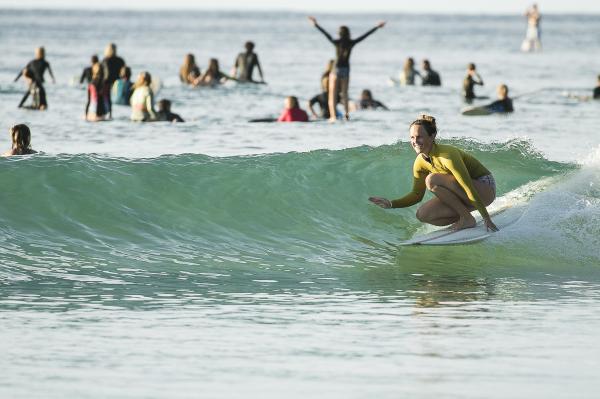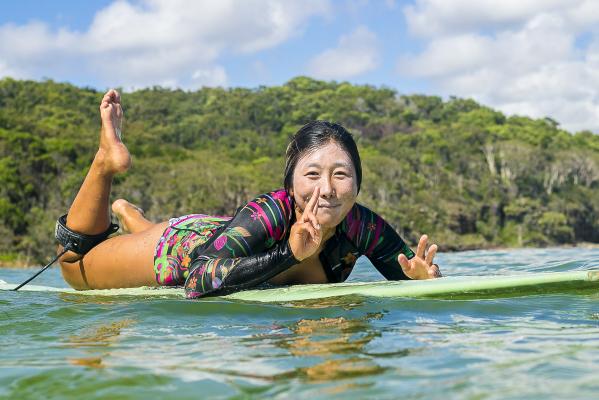More than 20 representatives of local surfing groups and water safety authorities agreed at a Noosa Council roundtable last week to seek self-managed solutions to the growing problems of over-crowded surf breaks.
The conference, convened by Noosa Council in conjunction with the Noosa World Surfing Reserve, and chaired by Council CEO Brett de Chastel, was almost unanimous in its decision to develop a code of conduct covering all kinds of surfcraft used on the numerous point and beach breaks within the World Surfing Reserve. In his opening remarks Mr de Chastel emphasised that despite a recent focus on the perceived dangers of fast-moving prone foils in crowded breaks, an effective code would have to include all forms of surfing.
He said that Council’s role was not to regulate or enforce but to listen to the ideas and the solutions presented by the surfing community itself.
Noosa World Surfing Reserve president Phil Jarratt said that while bans had been placed on the use of foils at high-density beaches in recent years from Bondi to Biarritz and beyond, most of them had failed to solve the problem and had been phased out or moderated to busy seasons and selected sections of beach. “We don’t want to see bans or any other regulations placed on the use of non-motorised surfcraft within the Noosa World Surfing Reserve, but it’s up to us to promote behavioural change within our own surfing groups before the situation worsens. And this applies to longboarders not using leg ropes in crowded breaks as much as it does to anyone else, foilers included.”
Kite-surfing representative Mat Colefax pointed to the success of a code of conduct introduced for kite-surfers using the Noosa river mouth more than 15 years ago. He was backed up by Noosa lifeguard Isaac Smith who said that dangerous practices and injuries caused by that cohort disappeared “almost overnight”.
“To me that showed that a code can be effective in changing behaviour if it’s adopted by the group leaders and the best surfers and passed down the line.”
Noosa Boardriders Club president Paul Peterson argued that no code of conduct would work unless it was enforced by locals, but others, including risk management consultant Nat Bromley, countered that education could get the message across effectively and more politely. There was general consensus that overcrowding in the surf was the driving force behind anger and frustration that sometimes led to physical incidents, and a code of conduct would have to outline a different approach to sharing waves.
Guy Schroeder, representing the prone foiling community, said that foilers were already doing that, by focusing on using parts of the wave not used by other surfers, and by foiling when conditions were unsuitable for boardriding.
The two surfing councillors present, Cr Amelia Lorentson and Cr Tom Wegener, both argued for greater awareness across all groups of surfers of the public safety aspects, but Cr Lorentson said that the conference should focus on making the conduct code “fact-based rather than fear-based”.
Cr Wegener also noted that, given the fast-increasing number of female surfers in Noosa, a heavily male gender imbalance should be addressed before the next conference.
The Safe Surfing conference will reconvene to create a template for a code of conduct later this month.








